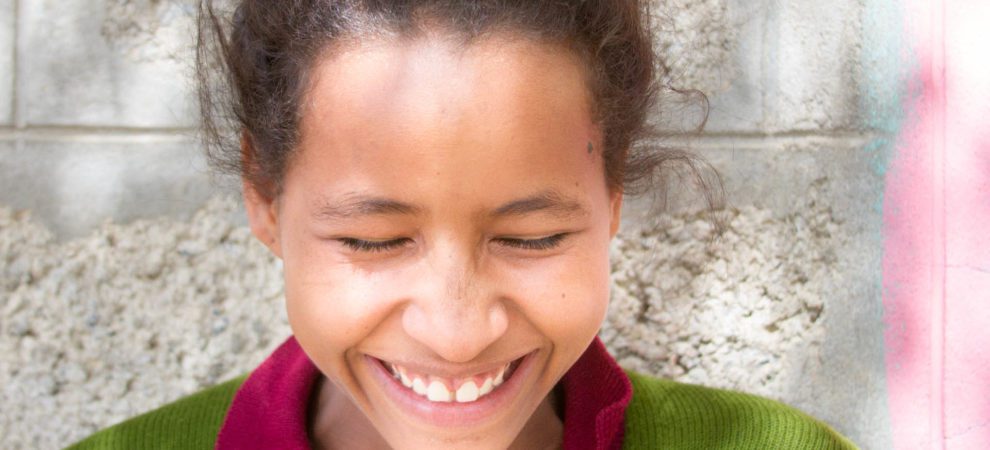
By Sara Veltkamp, Minerva Strategies —
Domestic is different
Communicators for U.S.-based international development organizations are often put in a tough spot. We’re in the U.S., busily drafting content for websites, brochures, and social media posts about how the work of our organization or our client’s organization is changing the world for the better.
However, unlike our communication counterparts who work on national or local issues, those stories are usually coming to us second-hand. It’s often not practical to send storytellers to faraway countries because it costs money and requires effort from staff on the ground. As a substitute for seeing the work and talking to the beneficiaries ourselves, we get reports from program officers, field staff, board members, or donors who’ve visited.
The importance of lived experience
Professional communicators can create high-quality, informative, and moving products with these second-hand reports but they’re no substitute for witnessing the work first-hand. We can know the organization’s story, but it is infinitely harder to feel the impact of an organization’s work – and to convey this feeling to supporters – without the lived experience.
I recently spent some time in Ethiopia for Minerva Strategies’ clients Dignity Period and Hamlin Fistula USA. This experience was invaluable in helping me tell the story. Being able to look an Ethiopian girl in the eye and experience the environment in which she lives, hear her story, watch her face change and shift when she speaks is a valuable personal and professional lesson in passionate living and expression.
This was a special opportunity for a communicator and I came back with two related and pressing questions:
- How can I most effectively share this experience with team members, donors, and other supporters who haven’t seen the work in action?
- How can I sustain the excitement that being on-the-ground brings for the project long into the year?
Share experiences not itineraries
One way I’ve resolved to share this experience with my team is to convey not just what I did, where I went, and who I met with, but also to share how I felt, what I saw, and what I heard.
The words people used when I was interviewing them are important, but what they looked like when they were saying them is too. The tremor in their voices and the way the energy and enthusiasm built as they spoke, then smiled, and then laughed aloud tells its own story and these elements together create the complete picture I need to present.
Maintain connections
To keep my excitement stoked, I’ve decided to go to the source as often as possible. No, I won’t be flying to Ethiopia monthly, but I can maintain my connections with people on the ground. While chatting with people over video, email, or by text is not the same as being in Ethiopia, it’s the next best thing to help with storytelling and gets easier all the time as networks and technology improve.
Like so many other work and life-related tasks, communication boils down to building relationships with people and continuing to cultivate them. While I could see my trip as having a finite goal – gather stories – what I really did was start a relationship with the people who are doing the work, and hopefully this will ensure that the stories keep coming, even if I never go back (but I will)!
What about you?
If you’re a U.S.-based international development communicator, what are your strategies for connecting to the on-the-ground stories? How do you stay engaged mentally and emotionally in the lives of the people your organization’s programs are improving? I’d love to hear your ideas! Please email me at Sara@http://minervastrprod.wpenginepowered.com.